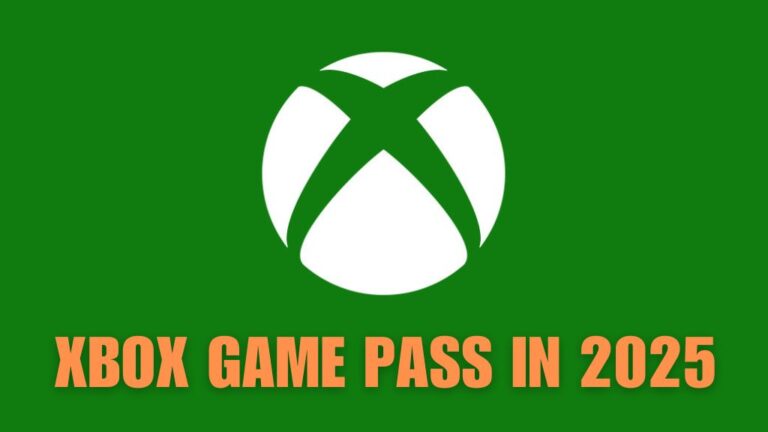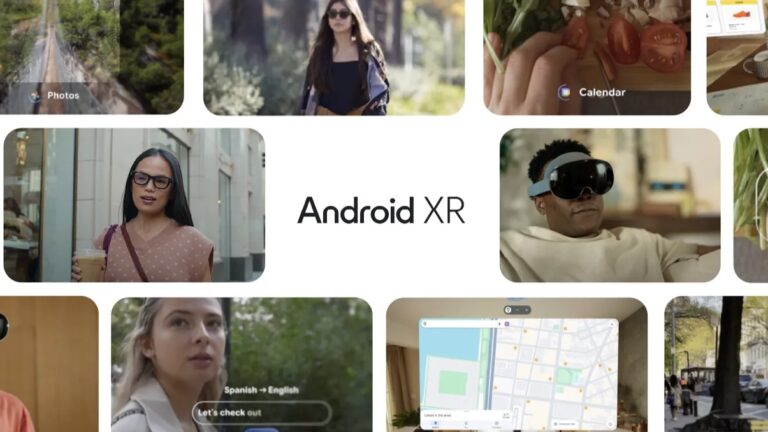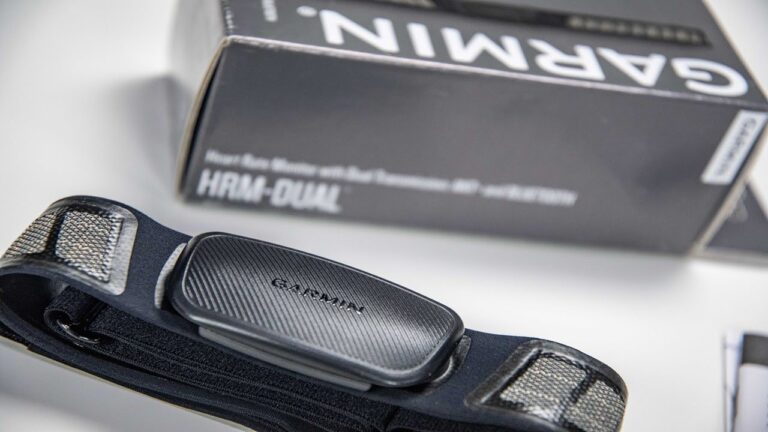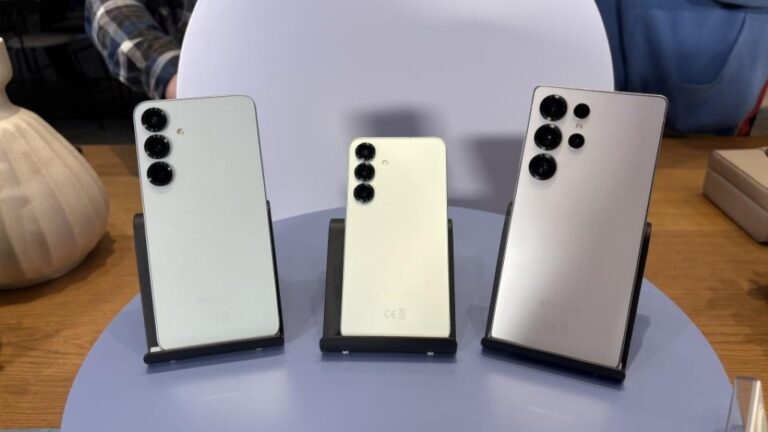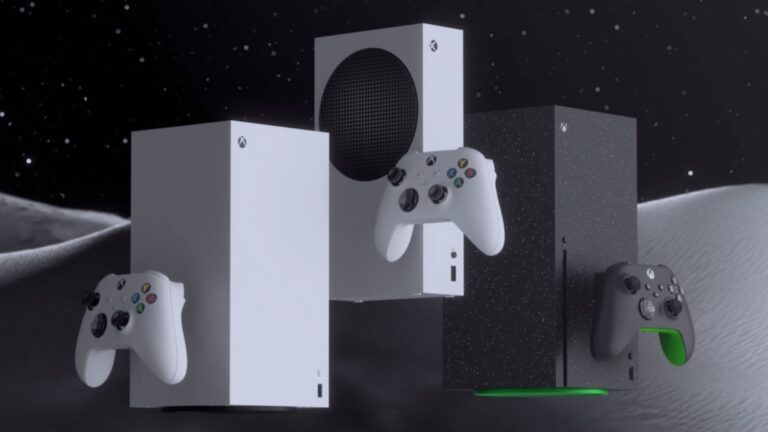MacBook vs Windows Laptop: Choosing Which Laptop to Buy
The decision of a MacBook vs Windows laptop can be tough because both have their own benefits and suit different needs and preferences. And hence we are here to help.
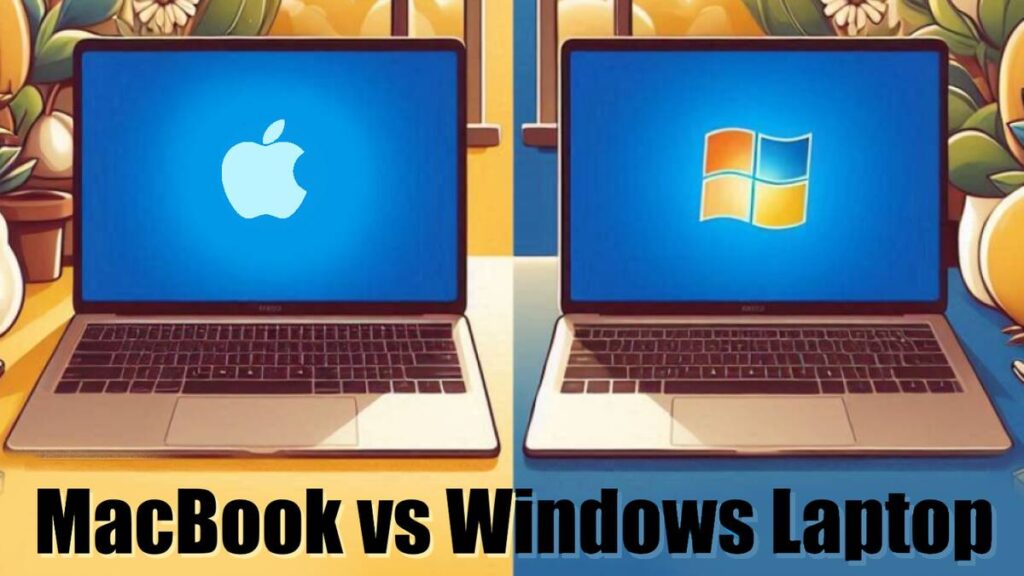
MacBook vs Windows. This has been a question since the entry of Apple into the computer scene. For people looking to buy a laptop, this rivalry is a source of a major headache.
Purchasing a laptop is a significant investment. A good decision in this regard will reap many benefits down the lane. Moreover, technology is constantly evolving. Chipsets are more advanced than ever such that even entry-level MacBooks achieve a high-performance target. Windows laptops have seen a shift to sturdier building materials, matching the built quality that is the trademark of Apple products. As far as operating systems are concerned, both Windows 11 and macOS are equal in intuitive operability.
So where do MacBooks and Windows laptops differ? The answer is in their ecosystems. As we head into an era that is becoming more digitalized every passing day, acquiring a digital product, such as a laptop, causes bigger ripples in your life. Which laptop you use affects what kind of phone you carry, which accessories you buy, and how you manage your workflow. Given the importance of this one decision, it begs an informed decision.
This article is an effort in that direction doing a detailed MacBook vs Windows Laptop comparison.
Quality vs variety
When going for a MacBook vs Windows laptop, two key factors often come into play: build quality and variety. Apple’s MacBook series is renowned for its impeccable physical hardware. Functionality and aesthetic appeal come together in a sleek package. The design philosophy, characterized by a minimalist approach, has been consistently upheld since the debut of the M2 MacBook Air in June 2022, setting a standard of premium craftsmanship that justifies its higher price point.
As far as build quality is concerned, Macbooks are second to none. The hinges, for instance, allow for smooth, one-handed opening without any screen wobble, ensuring stability in any position. This attention to detail is present throughout the device. Few Windows laptops can match this level of engineering finesse, although Dell’s XPS lineup, with its innovative dual-clutch hinges, stands as a notable exception.
Recent improvements in MacBook keyboards have taken receipt of the various problems that were encountered in the earlier versions of this hardware. In particular, the much-criticized butterfly keys have transitioned to the more reliable Magic Keyboard. Whether you’re coding, writing, or simply navigating, the tactile response and comfort offered by the keyboard are second to none in the laptop market. Similarly, the Force Touch trackpad is as precise as it is functional. Intuitive swipe gestures and the unique Force Click are huge productivity boosts.
However, where Windows laptops shine is in their sheer variety of designs and features. Apple cannot compete with brands like Asus, Dell, and Microsoft in their wide range of models for each occasion. From ultra-slim ultrabooks like the Asus ZenBook to versatile 2-in-1 convertibles such as the Microsoft Surface Pro, Windows laptops come in various form factors and configurations. This flexibility serves a twofold function: performance requirements and personal style preferences.
Moreover, Windows laptops often integrate touch- and pen-enabled displays. Creative professionals, and those who prefer a more interactive computing experience, benefit hugely from this. Meanwhile, such features do not feature in Apple’s MacBook lineup. Apple mainly focuses on traditional clamshell designs without touch functionality.
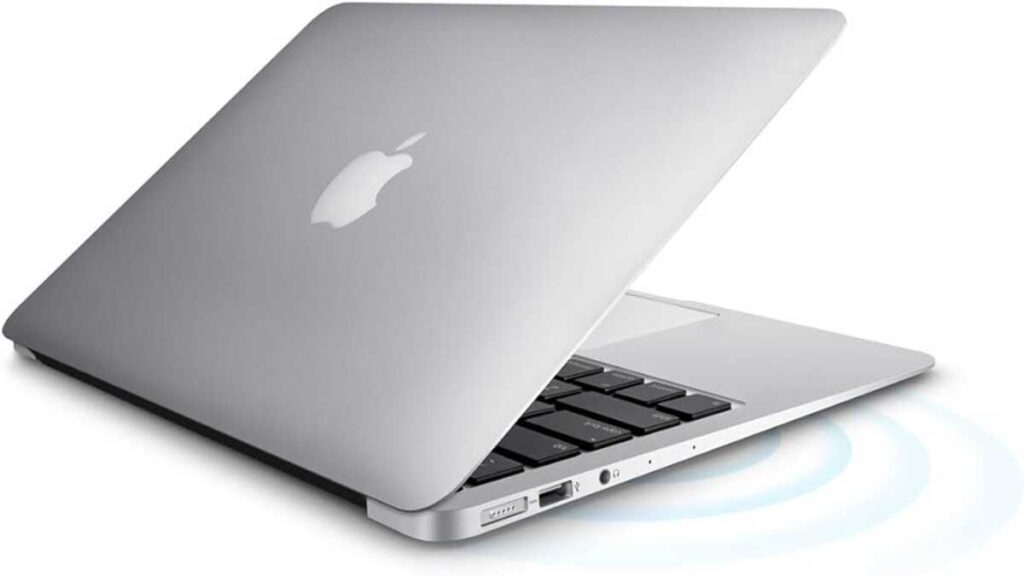
System configuration
A main distinguishing characteristic when going for a MacBook vs Windows laptop comparison is their internal configurations. Now this is something that is deeply case-dependent. MacBooks utilize Apple Silicon ARM chips, which consolidate graphics and processing power into a single, highly efficient unit. This integration pumps up the performance and battery life simultaneously. In everyday use, particularly with MacBook Air models, the operation remains remarkably quiet due to their fanless design, unless under heavy load with demanding applications or tasks.
Conversely, Windows laptops predominantly feature Intel or AMD processors paired with Nvidia or AMD graphics cards. Now, this setup’s strong point is versatility and it does this by sacrificing power consumption and frequent fan activation, both metrics being higher in a Windows laptop than in a MacBook. This is so especially in models designed for intensive tasks. Some Windows laptops mitigate these issues with quieter operation or fanless designs, though typically at the cost of raw processing power.
The distinction between the two platforms is further blurred by the increasing adoption of ARM architecture in select Windows laptops, aligning them more closely with MacBooks in terms of efficiency and performance. On a broader scale, we can see a universal convergence in laptop technology pan-companies.
Again, in this area, it is necessary to consult your needs. MacBooks are great for creative applications and have better battery life compared to Windows laptops. If you prioritize efficiency and portability, then this is the choice. In contrast, Windows laptops cater to gamers and those requiring extensive software compatibility. Their robust hardware configurations have more beef to it when it comes to raw performance power.
Operating system
The talk of the town in the MacBook vs Windows Laptop battle is the operating system. MacOS, found in MacBooks, stands out as a sleek, UNIX-based platform that has maintained consistency over two decades. So if you have owned an Apple device till now, like an iPhone or an iPad, the interface of the MacBook would appear intuitive. The benefit is a cohesive user experience. Whether navigating through menus or interacting with buttons, users encounter a consistent design ethos.
Windows operates on a more diverse spectrum. While Windows 11 attempts a macOS-like aesthetic with centered taskbars and rounded corners, its underlying structure reflects a patchwork of past iterations. That is to say, legacy control panels that go back as far as Windows XP are still detectable. From application to application, there is a varied user interface. Despite recent efforts to standardize with Windows 11, navigating the system can still feel disparate.
Visually, both macOS and Windows 11 offer polished interfaces, yet macOS excels in user-friendly navigation and a streamlined UNIX environment. When it comes to intuition and consistency, macOS wins out. On the other hand, Windows appeals with its broader software compatibility and customizable options, albeit with a more heterogeneous user interface. Again, this decision is largely case-dependent as well as person-dependent.
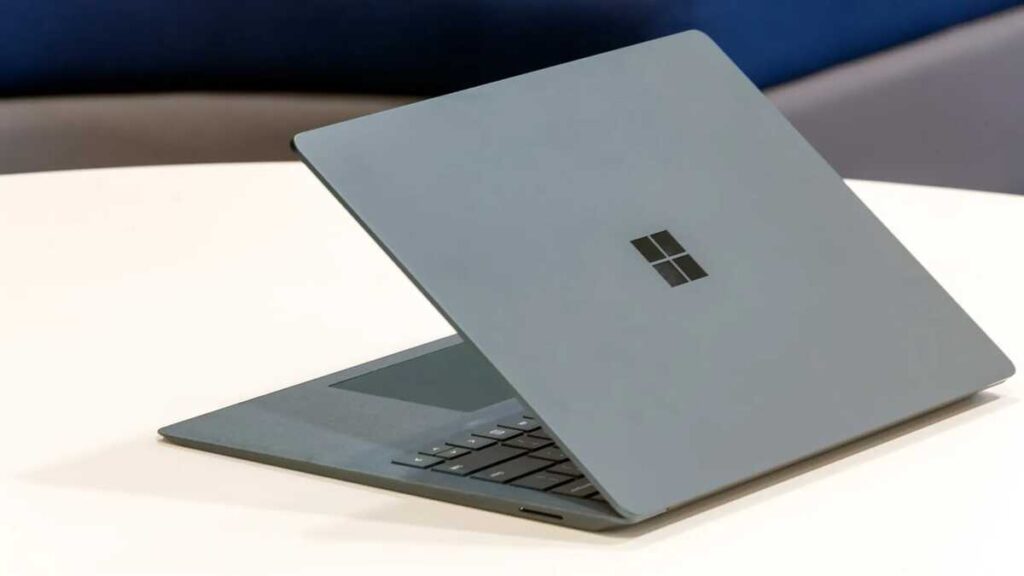
Window management
Window management is a pivotal aspect of daily productivity and our next aspect for MacBook vs Windows laptop battle. If you use laptops for anything work-related, then you need to pay attention to this section. macOS presents notable quirks in this department. The top-corner “X” merely minimizes windows, necessitating Command + Q or a right-click for closure. This can frustrate users migrating from Windows, accustomed to straightforward window shutdowns.
Windows management on macOS lacks versatility. While dual-window operation is feasible, additional functionalities demand third-party toolbar apps. Switching between identical app windows requires precise icon right-clicking, a cumbersome process devoid of the seamless Command + Tab convenience.
Tracking app instances further compounds macOS’s challenges. A discreet black dot beneath icons vaguely indicates multiple instances, offering scant clarity on, say, how many Safari windows are active.
Conversely, Windows 11 excels in window control with integrated layout options. Windows snaps effortlessly to screen edges via drag-and-drop, and a vigorous mouse shake re-centers everything, streamlining workspace organization.
Every running app instance is distinctly represented on the Windows taskbar. Hovering over an app icon reveals individual window thumbnails, facilitating swift navigation. Alt + Tab smoothly toggle between open windows, a boon for multitaskers. With multiple monitors, relocating windows transfers their taskbar presence, ensuring clear monitor-window correspondence.
Perhaps most satisfyingly, clicking Close on Windows reliably terminates applications, a straightforward operation enhancing user efficiency.
Software Ecosystem
Next up in the list of MacBook vs Windows laptop comparison is the ecosystem. MacBooks and Windows laptops diverge quite significantly when it comes to the software ecosystem. To start with, both systems have their own set of first-party applications. Essentials like email, calendars, note-taking, and reminders are all covered. However, the depth and integration of these apps vary significantly between the two platforms.
On a MacBook, Apple provides a suite of apps that, while functional, may not always match up to third-party alternatives. For instance, Apple’s Notes and Reminders have improved over the years but still lack the extensive features found in many third-party applications. Similarly, Apple Mail, despite periodic updates, continues to receive mixed reviews for its functionality within macOS Ventura.
Where MacBooks excel is within the Apple ecosystem itself, particularly due to features like Continuity. This functionality seamlessly integrates iPhones, iPads, Apple Watches, AirPods, and other Apple devices with your MacBook. AirDrop allows for lightning-fast file transfers between devices, while AirPods automatically connect without manual intervention. Continuity enables effortless tasks such as copying a link on your iPhone and pasting it directly onto your MacBook. Additionally, iMessage integration on Mac is highly praised, and Apple Keychain ensures that passwords sync across all Apple devices.
However, the drawback of this tightly integrated ecosystem is its exclusivity to Apple devices. Users heavily invested in Apple’s ecosystem may find themselves locked into Apple’s proprietary software and hardware. Android and Windows devices do not seamlessly integrate with macOS, limiting cross-platform functionality. Moreover, iCloud.com, while functional, offers a more restricted experience compared to its counterparts on other platforms.
On the other hand, Windows laptops have a more open ecosystem. This has been a hallmark of the Microsoft platform for a long time. Microsoft has always made sure to include compatibility for devices beyond its own in the operating system. Apps like Microsoft’s Phone Link app support connectivity with Android and iOS devices. This functionality is quite similar to Apple’s Continuity. Messaging and limited file transfers across devices are available, and it happens particularly well with Samsung phones.
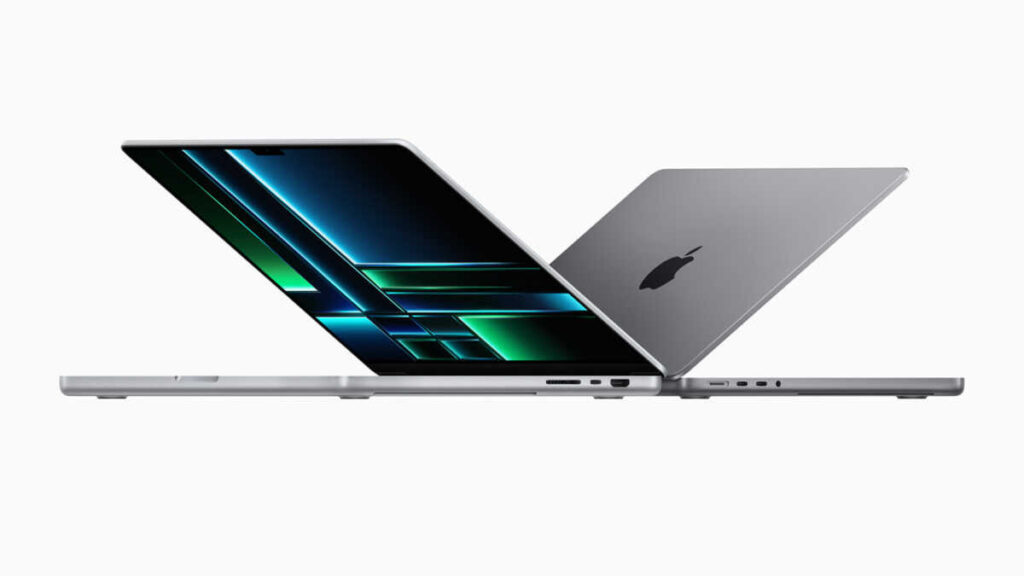
Microsoft’s suite of first-party applications has established itself as infinitely more helpful than simple bloatware. Even the native Windows Mail client is noted for its usability compared to Apple’s Mail app. For instance, OneNote is a powerful productivity tool and this is appreciated across different computing environments.
Windows ecosystem’s major plus is in its openness and versatility. A variety of devices and platforms are supported by it. Unlike Apple’s more closed environment, Microsoft apps are widely available across various operating systems, including macOS through web apps and dedicated software. This accessibility applies to Microsoft 365 as well. The flagship applications like Word, Excel, PowerPoint, OneNote, and extensive cloud storage via OneDrive are all usable in both Windows laptops and MacBooks.
Another field in the MacBook vs Windows Laptop battle, where Windows laptops distinctly outperform MacBooks is in gaming. Gaming on a Windows laptop affords superior performance, smoother gameplay, and access to a broader range of gaming titles and features. While MacBooks can stream games via services like Game Pass Ultimate and GeForce Now, they do not match the gaming experience provided by Windows laptops, which are optimized and marketed specifically for gaming enthusiasts.
Ecosystem integration and usage scenarios are two essential criteria for choosing between a Macbook and a Windows laptop. Apple’s ecosystem provides an integrated experience across its devices. However, this advantage is crippled to a large extent by the exclusivity of Apple hardware and software. Windows laptops have a more open ecosystem. Extensive compatibility across devices and platforms is available. So whether it’s gaming or serious work, both receive great support here.
Final thoughts
Now that you have considered all the above MacBook vs Windows laptop criteria, which laptop are you going to buy? MacBooks are better in build quality and the macOS system. The performance is top-tier and the battery life is hugely superior to its opponent. However, opting for a MacBook means embracing a more limited app selection compared to the expansive Windows ecosystem. While macOS boasts sleek third-party apps, Windows has a breadth of accessories and software diversity, catering even to gamers. On the other hand, MacBooks integrate seamlessly with iPhones and iPads.
Versatility is the forte of Windows laptops. Various form factors like 2-in-1s and dual-screen designs are accommodated in this operating system. Android users find Windows a natural fit. Hardcore gamers also gravitate towards Windows for its superior gaming capabilities. The rest is up to you, of course.

